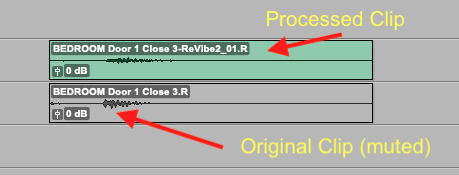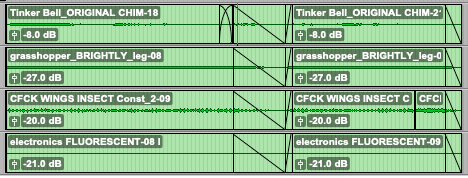
Introducing Daytrip Productions – A Full-Service Production Collective
Daytrip Productions is a full-service production collective based in Los Angeles, CA. We specialize in heavy logistics for large-scale commercial and photo shoots. We have worked with top global brands like Jordan, Netflix, Vogue, Amazon, Converse, Nike, Lululemon, and Pop Magazine.
Founded by a tight-knit group of producer friends who met on set as production assistants, Daytrip has grown over the past decade into a family-style team and a trusted network of world-class creatives.
We offer end-to-end production services across both photo and video, with core capabilities including:
- Creative Strategy: research, concept development, talent sourcing, and more
- Live-Action Shoots: stills and motion, union and non-union, domestic and global
- Post-Production: editing, VFX, color, sound, and music composition
We’re always open to connecting with new talent and potential collaborators. Whether someone is interested in working with us or partnering on future projects, they can reach out directly at info@daytrip.pro or through our website’s contact form.
- Website: https://daytrip-productions.com/
- Instagram: https://www.instagram.com/daytrip.pro/
- LinkedIn: https://www.linkedin.com/company/daytrip-pro
“When Your Work Doesn’t Talk But Screams”
Part of our goal as a production collective is to say with media what can’t be said with words.
This allows us not only to share fascinating art and incredible creative talent with the world, but also to create impact through powerful messages.
If we could go back in time to when Daytrip Productions was born, we’d find four partners with an unstoppable drive to carve their own path, one they could walk alongside the right people.
Those young creatives, who first met on a production set as PAs, shared a vision. The goal became clear: speak to the world.
We’re lucky to say that we’re still on that path, and it’s only getting bigger. We never stop learning and drawing inspiration from the people around us, like Sophie Bruza, one of the best cinematographers we’ve ever met, and someone we’re proud to call part of Daytrip.
Or Sara Robin, an award-winning filmmaker and post producer at Daytrip, whose journey reminds us that passion often begins with curiosity and grows through intention.
What makes Sara’s voice so powerful is her ability to stay deeply connected to the soul of a project. She listens closely to the original spark behind the work and protects that vision from start to finish. She continues to be one of the clearest, most intentional voices in our collective.
One thing we’ve learned from working with such powerful creatives is:
Let your vision lead, stay rooted in what moves you, and trust that meaning finds its way through every frame, sound, and cut.
Stay curious, listen deeply, and never underestimate the impact of showing up with purpose.
Because when your work is true, it doesn’t talk, it screams.
We invite you to watch their most recent collabs with Daytrip Here: https://daytrip-productions.com/






